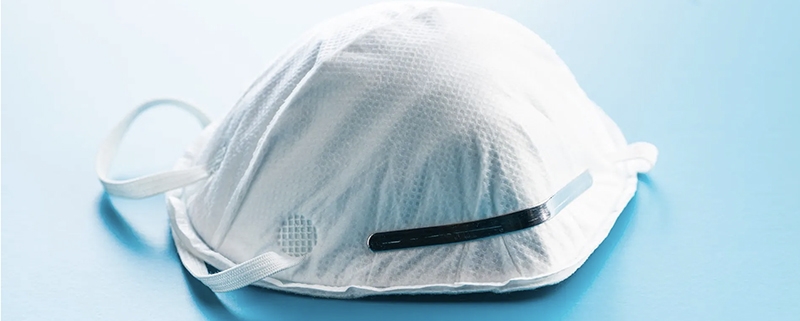Should you double mask in a cleanroom?
Masks are essential personal protection equipment (PPE) for proper cleanroom protocols. But are two masks better than one? A new study published by The Centers for Disease Control and Prevention (CDC) shows that double masking can be more effective at reducing aerosol exposure. In light of these findings, the CDC now offers protocols for double masking. While there are clear benefits, double masking is not always the best practice in every situation. It’s unlikely that you’ll find double masking protocols in any cleanroom management plan. Here’s what you need to know about double masking and your cleanroom.
What the CDC says about double masking
When it comes to protection, it’s not really about wearing multiple masks. It’s about wearing multiple layers. In a study published in February 2021, researchers found that when compared to either a cloth mask or a surgical mask alone, wearing a double mask was more effective at reducing aerosol exposure.1
The CDC recommends two ways to increase your layers of protection:
Choose a mask with multiple layers of fabric.
Wear a surgical mask underneath a cloth mask (double masking).
The CDC cautions against combining two disposable masks or combining an N95 mask with any other mask. These methods will compromise the fit of your mask.2
Quality over quantity
A quality fit is the most crucial component of effective mask wearing. If double masking compromises the fit, then it defeats the purpose.
The CDC provides these tips to ensure that your mask fits properly:
- Your mask should completely cover your nose and mouth.
- Make sure your mask fits snugly against the side of your face and that there are no gaps.
- Choose masks with nose wires. Bend the metal strip along the tip to conform to your face. This prevents air from leaking through the top of your mask.
- Wear a mask fitter or brace. When worn over a cloth or surgical mask, this device will prevent air leakage from around the edges of the mask.
- People with facial hair are encouraged to trim or shave their beard, use a mask fitter, or double mask.3
Proper mask use in a cleanroom
Neither The Food and Drug Administration (FDA) nor the CDC set guidelines for cleanroom equipment. The FDA only regulates PPE like surgical masks and N95 masks when they are marketed as medical devices.4 If your cleanroom’s purpose is outside of the medical field, you are likely following International Organization for Standardization (ISO) or Current Good Manufacturing Practice (CGMP) recommendations for your equipment.
Cleanroom masks are multi-layered and made from materials such as polypropylene that will not shed lint or fibres. The goal is to limit the amount of particles that could contaminate the air or surfaces in the cleanroom.
Some cleanroom management plans require face masks that are “cleanroom rated” based on the amount of particles that flake off of the mask. The ISO classification of the cleanroom will determine just how clean the mask needs to be.
The only CDC protocol for multiple masks is to don a surgical mask underneath a cloth mask. Since cloth masks do not meet cleanroom standards, double masking is not recommended in a cleanroom.
When in doubt about current best practices, turn to the experts. The certification team at Sure-BioChem Laboratories has experience with all classifications of cleanrooms in both scientific and industrial applications. Trust us to certify your cleanroom and train your staff according to ISO 14644-1 and 2 specifications.





Leave a Reply
Want to join the discussion?Feel free to contribute!